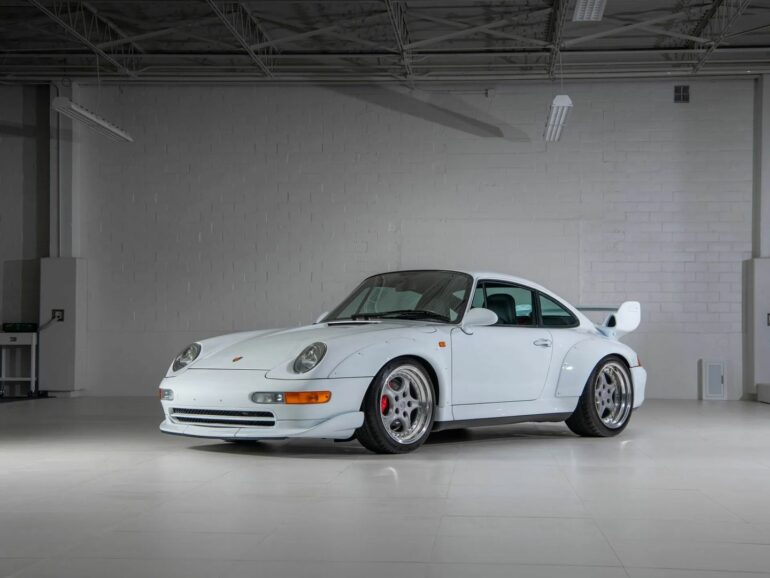A few months back, RM Sotheby’s announced the auction of one of the most impressive and unique Porsche collections to exist in the world. Called the “The White Collection,” it consisted of 55 primarily white, low-mileage Porsches, along with a pair of red Porsche tractors, several child-size “Junior” Porsches, and hundreds of related collectibles. The auction concluded a few days back, and the entire collection managed to fetch a total of $30.5 million, setting several individual sale records in the process. The trove of Porsches was owned by a secretive collector who stores the highly desirable German sports cars at an undisclosed location in Texas. The mystery surrounding the collection, along with its monochromatic theme, made the cars even more fascinating.

Apparently, the monochrome rides were compiled over a decade and have never been driven after they were added to the collection. Even the storage facility built for the collection features white walls and has matching white furniture. Furthermore, nearly all the cars sold at the auction were factory-issued in different shades of white. The highlight of the collection is a 2015 918 ‘Weissach’ Spyder in white with just 12 miles on the odometer.

The hybrid hypercar managed to sell for $3,937,500, which is double the previous sale record for Porsche 918. The open-top Porsche hypercar with the desirable Weissach carried a price tag of around $1 million when new, which means the owner managed to get a good return.

Another important car from the collection is a 1997 ‘993’ Porsche 911 GT2, one of just 194 examples built by Porsche, which sold for a whopping $2,397,500. In addition to that, a 1973 911 Carrera RS 2.7 Lightweight managed to fetch $1,875,000, which is quite impressive. However, there were also several disappointing sales, including a 1977 Porsche 924 Martini Edition that sold for $29,120, a 1990 Porsche 944 S2 Cab that fetched $39,200, and a 1990 911 Targa that went for $134,400. The mystery owner most probably lost money on these cars as they must have required a lot of capital to preserve them and keep them roadworthy over the years.

